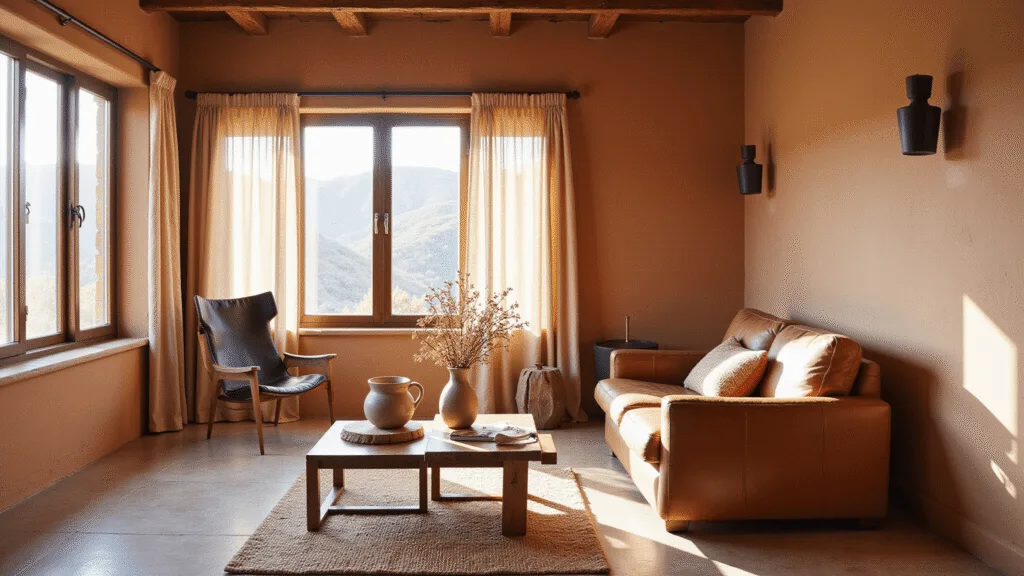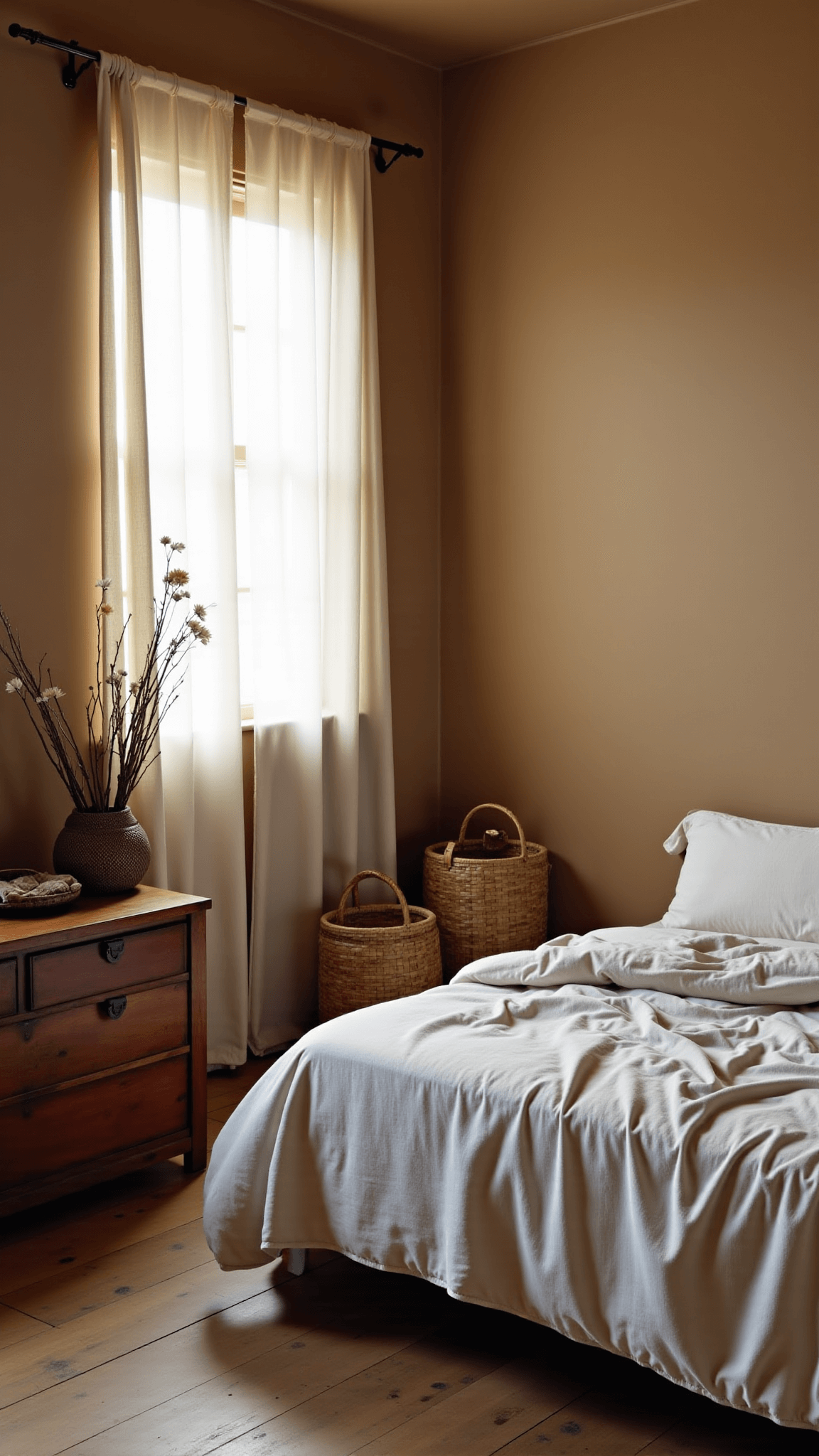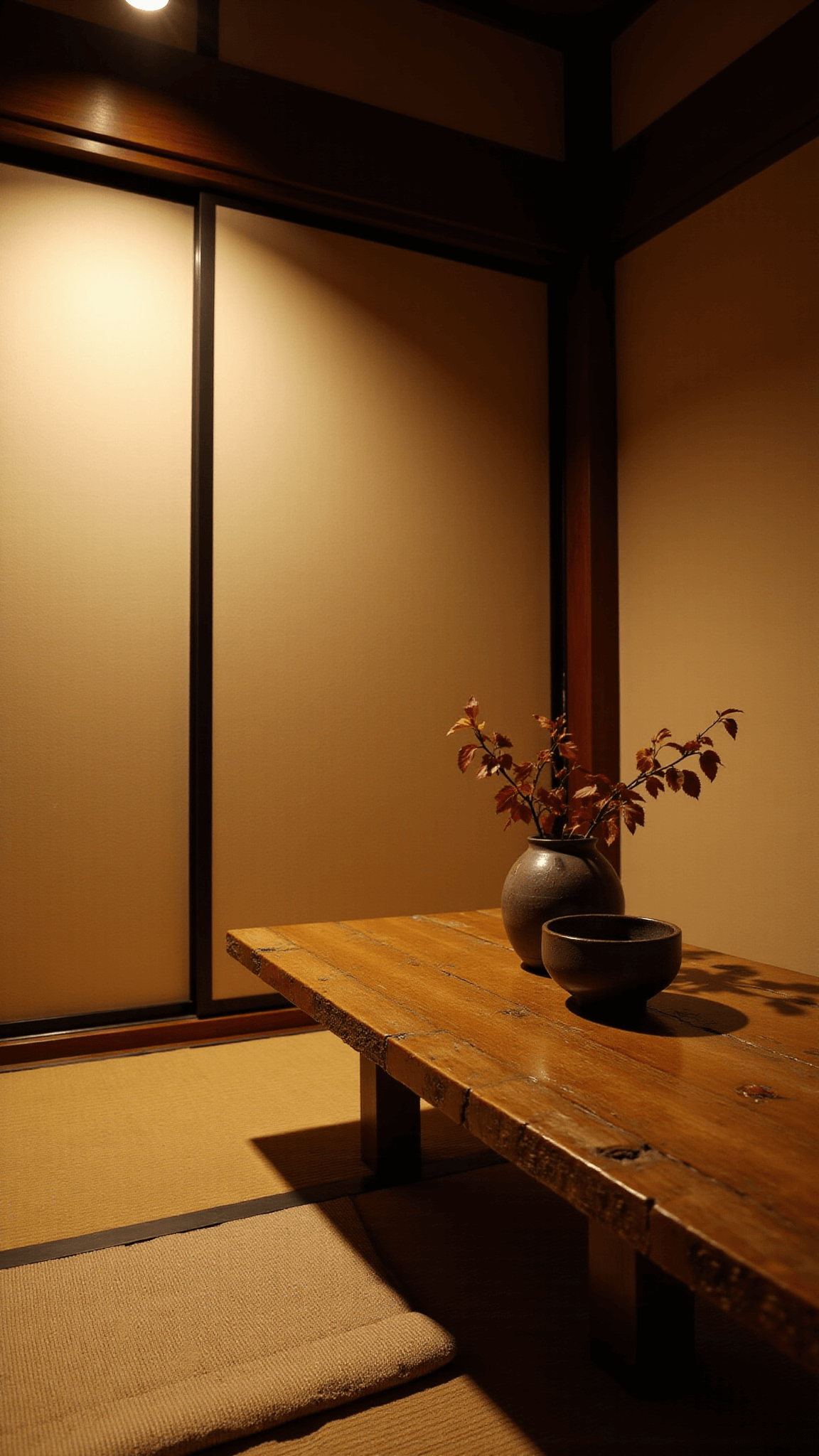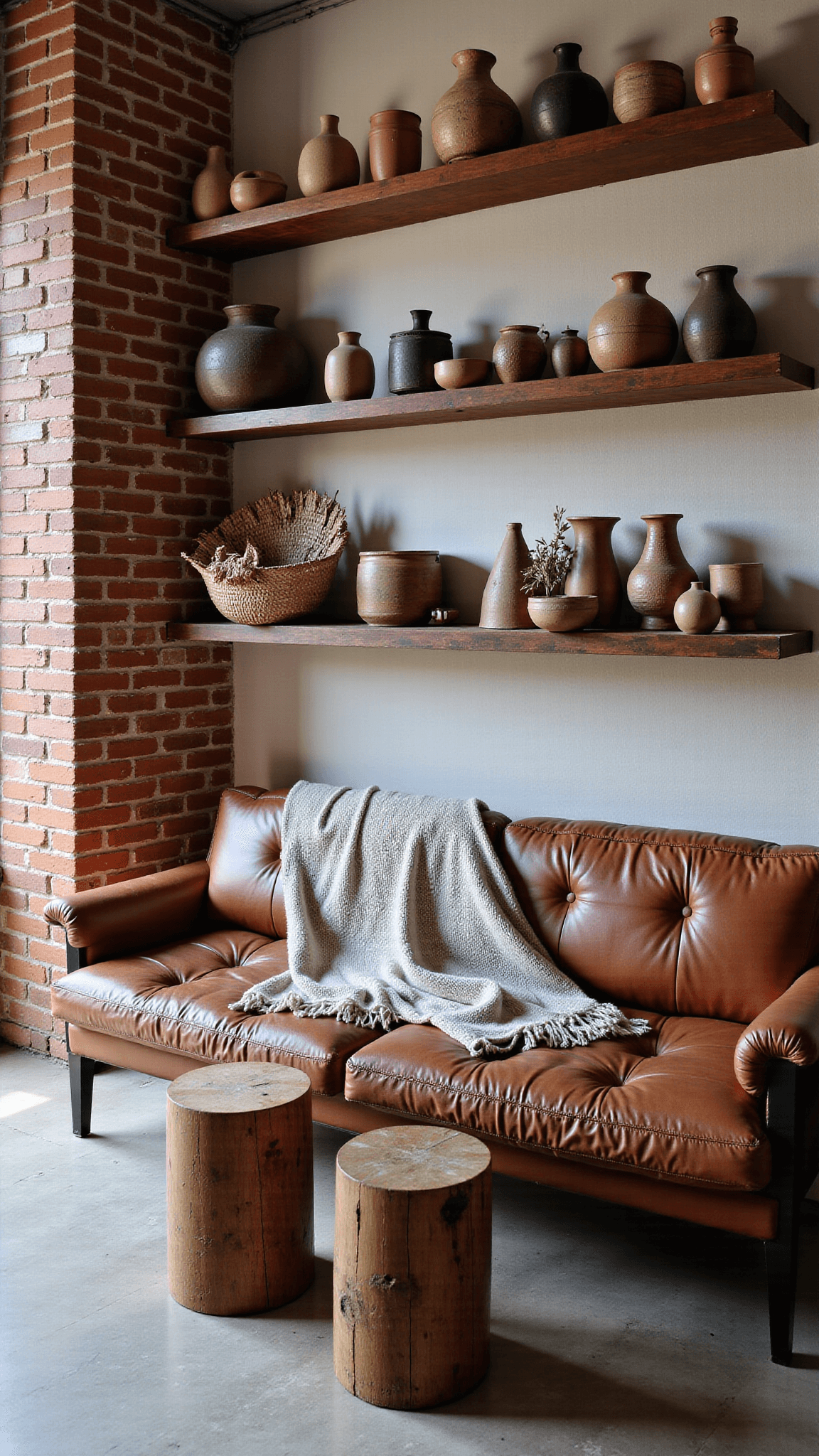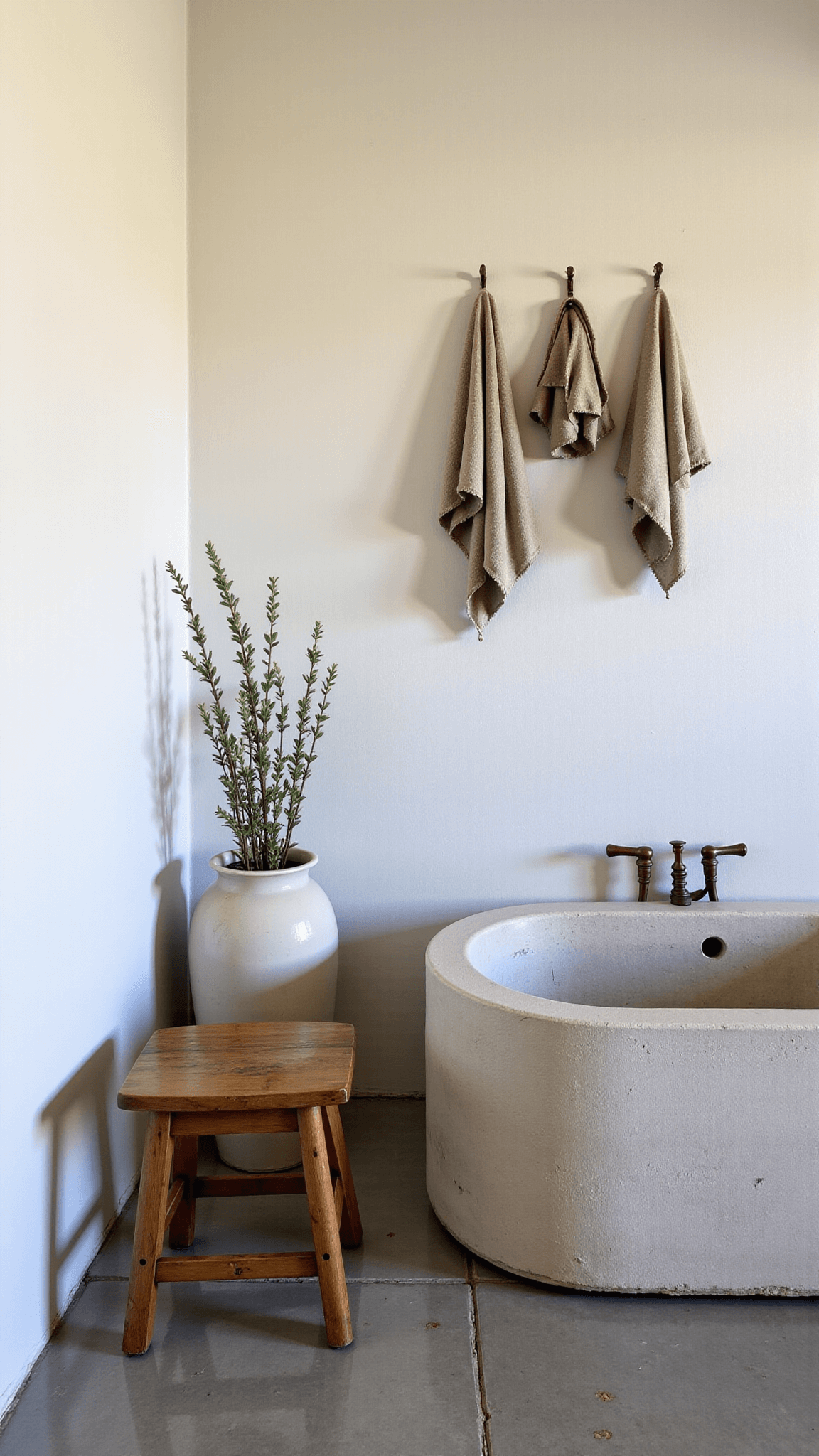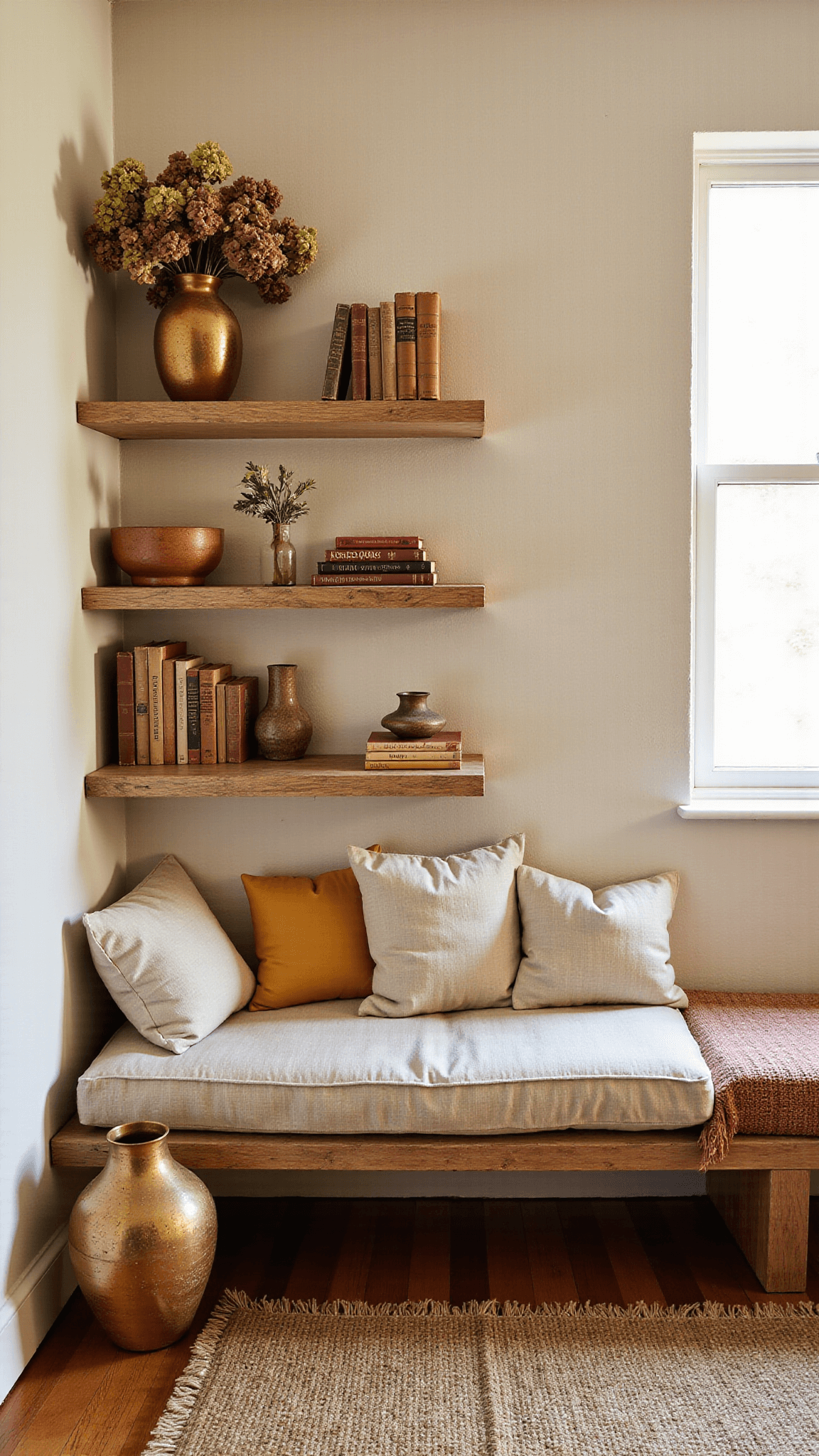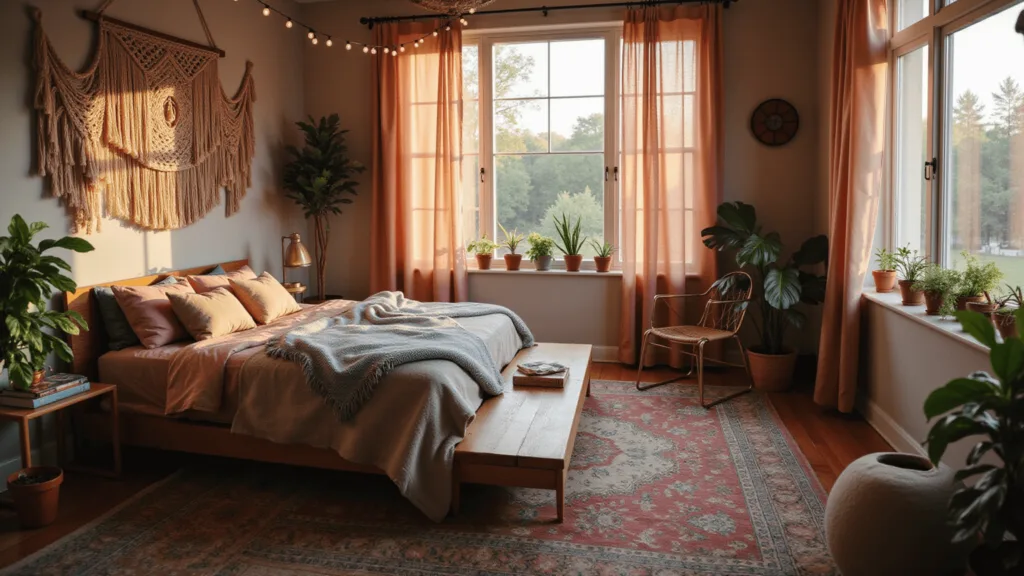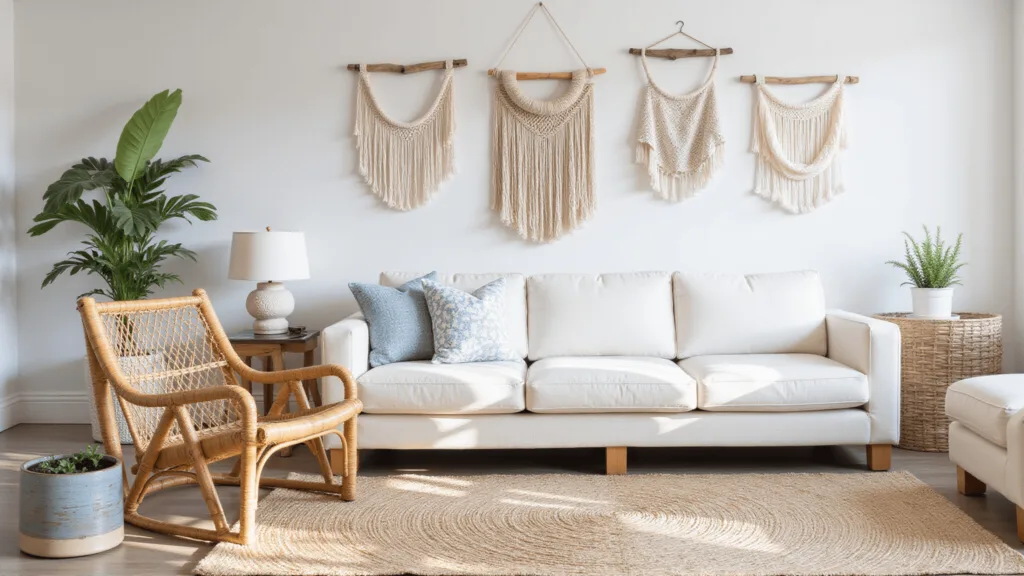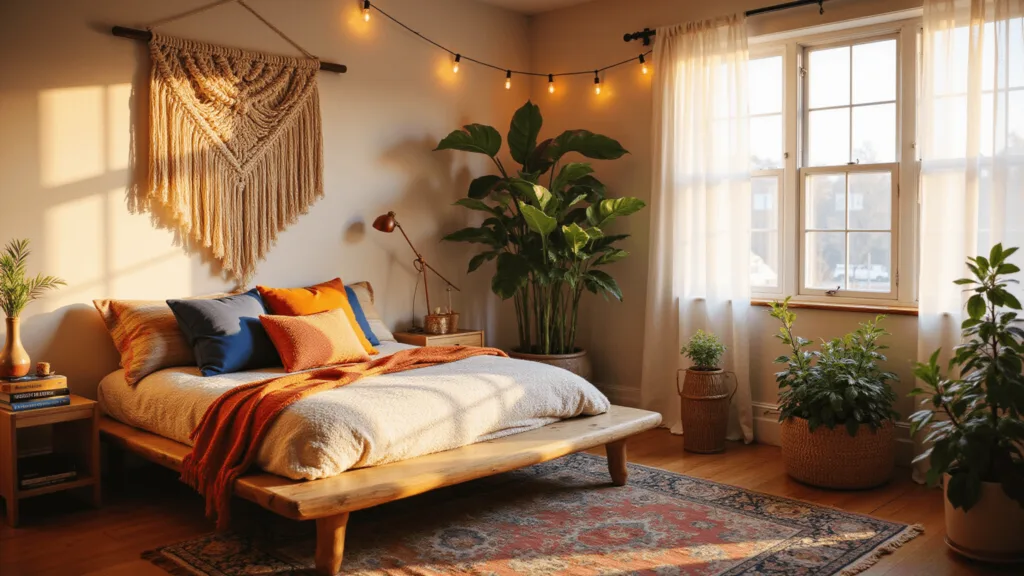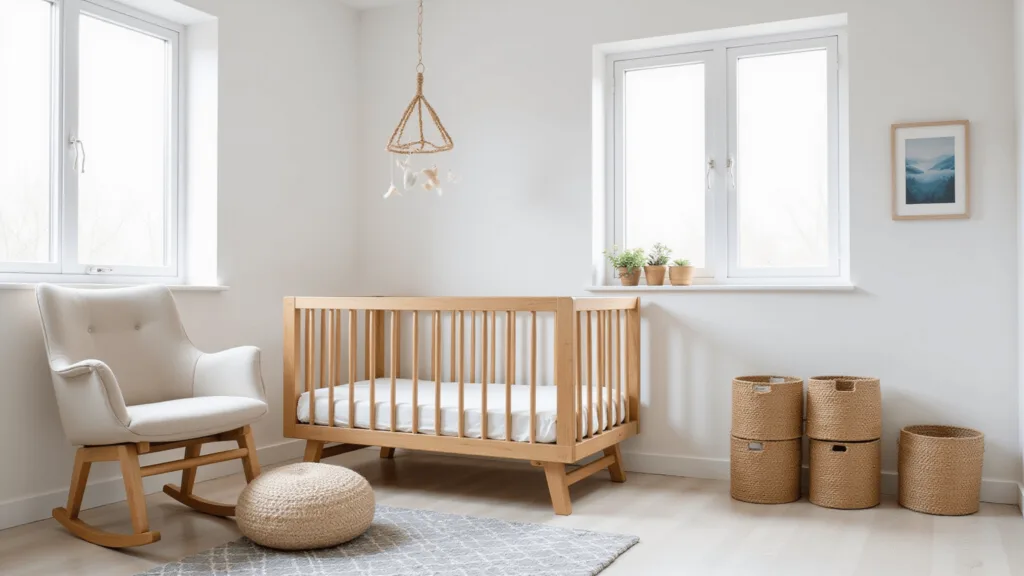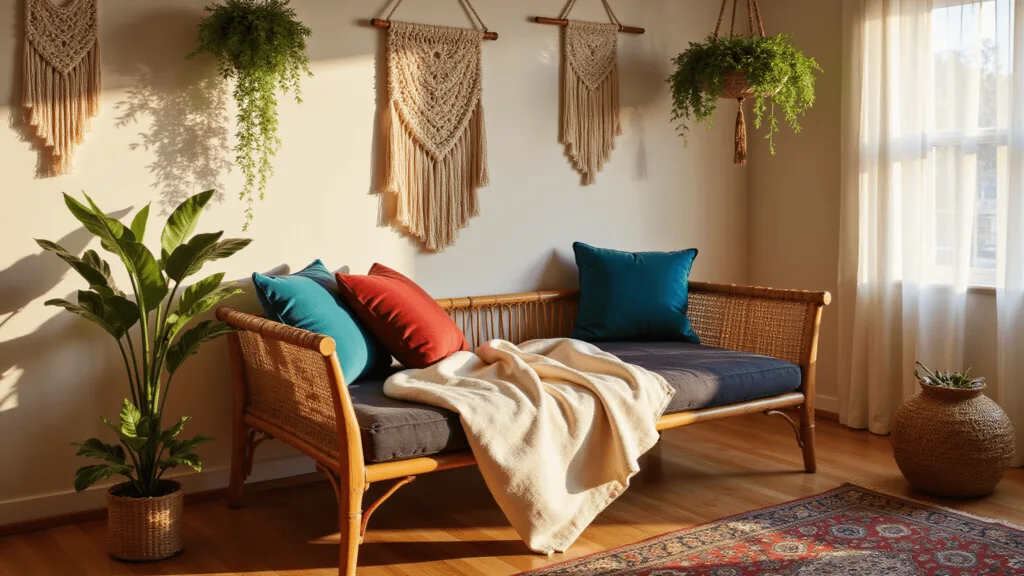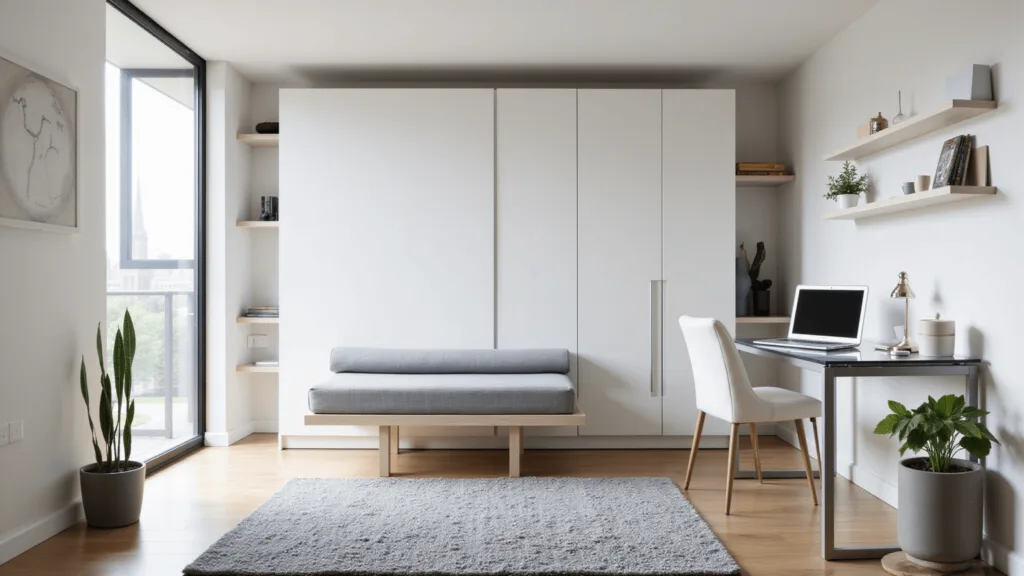Wabi Sabi Home Decor: Embracing Imperfect Beauty in Your Living Space
Every scratch tells a story. Every weathered surface whispers of time’s gentle touch. Welcome to the world of Wabi Sabi home decor – where imperfection isn’t just accepted, it’s celebrated.
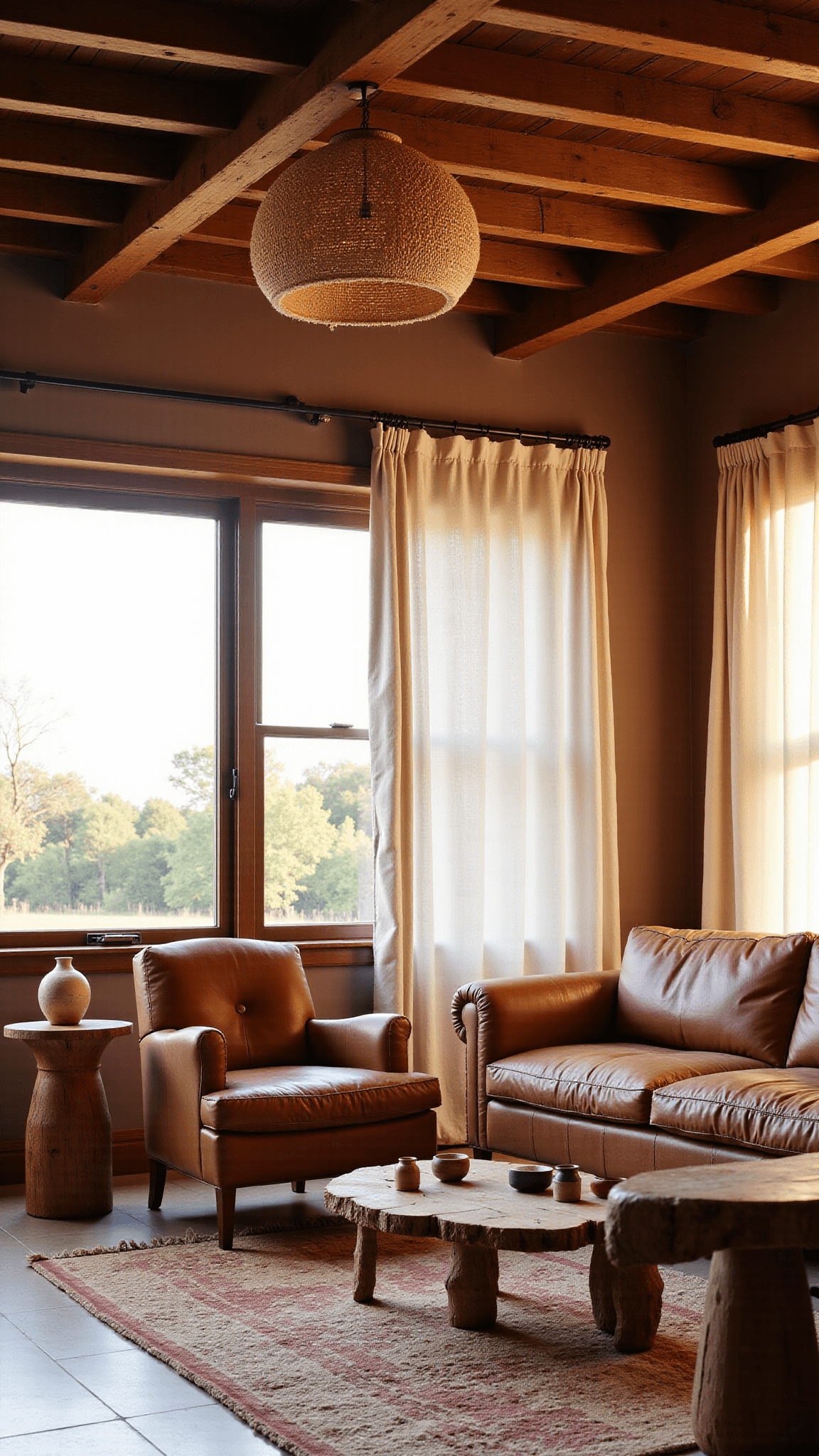
What Exactly is Wabi Sabi?
Wabi Sabi is more than a design trend – it’s a Japanese philosophical approach that transforms how we see beauty. Imagine a home that breathes authenticity, where every object carries memories and character.
Core Principles of Wabi Sabi Design
- Embrace Imperfection: Celebrate cracks, wear, and natural aging
- Simplicity Matters: Less is genuinely more
- Natural Materials Rule: Wood, stone, ceramic – unpolished and real
- Muted Color Palette: Soft earth tones that whisper, not scream
Creating Your Wabi Sabi Space: Practical Steps
1. Declutter with Intention
Wabi Sabi isn’t about minimalism through deprivation, but through meaningful selection. Keep items that:
- Tell a personal story
- Have natural texture
- Demonstrate craftsmanship
- Show gentle signs of use
2. Material Selection Matters
Top Wabi Sabi Materials:
- Unglazed ceramics
- Raw wood with visible grain
- Linen and cotton textiles
- Stone and clay
- Handcrafted objects
3. Color Palette Guidance
Recommended Colors:
- Soft browns
- Warm grays
- Muted beiges
- Gentle creams
- Subdued greens
Photography and Styling Tips
Lighting is Everything
- Use natural, diffused light
- Avoid harsh shadows
- Capture texture over perfection
- Shoot during golden hours (early morning/late afternoon)
Composition Secrets
- Embrace asymmetry
- Allow breathing room between objects
- Group items in odd numbers
- Focus on subtle details
Budget-Friendly Wabi Sabi Strategies
You don’t need expensive pieces to create this aesthetic. Try:
- Thrift store hunting
- Repurposing old furniture
- Collecting natural objects
- Learning basic ceramic restoration
- Accepting and highlighting existing wear
Common Mistakes to Avoid
❌ Don’t:
- Over-style your space
- Remove all personality
- Seek absolute perfection
- Ignore personal history of objects
✅ Do:
- Tell stories through objects
- Allow natural aging
- Create calm, intentional spaces
- Prioritize comfort and meaning
Seasonal Wabi Sabi Adaptations
- Spring: Soft cherry blossom branches
- Summer: Driftwood, seashells
- Autumn: Dried leaves, rustic pottery
- Winter: Weathered pine cones, minimal wool textures
Final Thoughts: Your Unique Wabi Sabi Journey
Wabi Sabi isn’t a strict rulebook – it’s a personal exploration of beauty beyond conventional standards. Your space should feel like a warm, lived-in story – unique to you.
Remember: True beauty isn’t about perfection. It’s about authenticity, character, and the quiet dignity of natural progression.
Quick Start Checklist
- Assess current space
- Remove unnecessary items
- Introduce natural materials
- Embrace object histories
- Allow imperfections to shine
Pro Tip: Wabi Sabi is a mindset before it’s a design choice. Start with appreciation, and the aesthetic will follow naturally.

